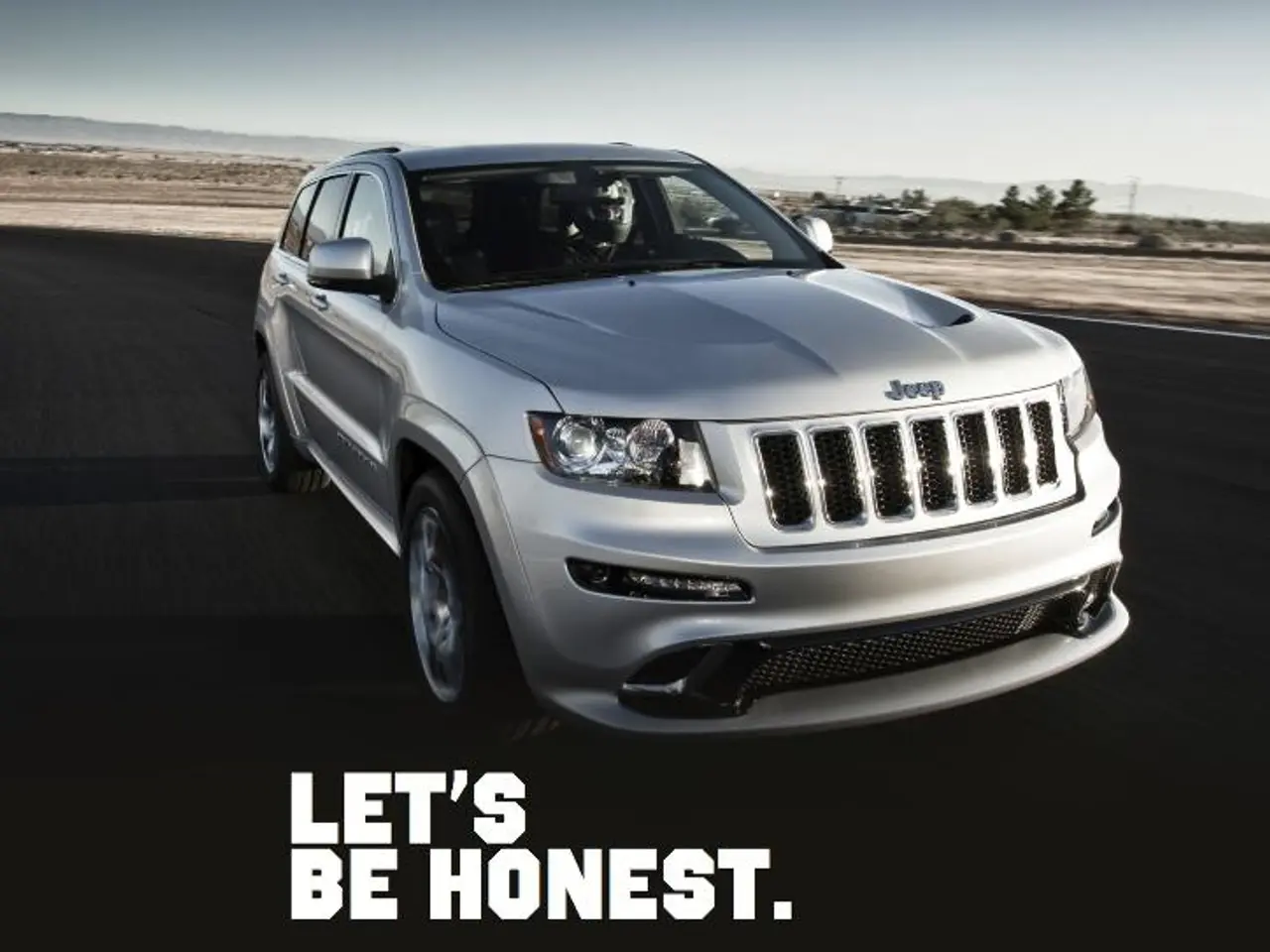US automaker Volvo sets aside $1.2 billion due to additional tariffs in the US, causing delays in the launch of its EX90 model.
**Volvo Faces Financial Struggles Due to U.S. Tariffs and Electric Vehicle Launch Delays**
Volvo, the Swedish automaker known for its luxury vehicles, is currently grappling with financial challenges due to two interrelated factors: U.S. tariffs on imports and delays in the launch of its electric vehicle (EV) lineup, notably the EX90 SUV and ES90 sedan.
The U.S. import tariff of 25% on the ES90, a large sedan vehicle produced in China, has made it unprofitable for Volvo to sell the ES90 in the U.S. market. The high tariff significantly raises the cost of selling the ES90, squeezing margins and making it uncompetitive at the initially planned price point around $75,000. As a result, Volvo has reassessed the sales volume assumptions for both the ES90 and EX90, leading to profit deterioration. The ES90’s margins are also under pressure in Europe, indicating that cost challenges extend beyond just the U.S.
The EX90, Volvo’s all-electric SUV set to compete in the growing EV segment, has experienced launch delays and higher than expected development costs. These delays contribute to reduced profitability over the lifecycle of these EV models. Combined with tariff issues, this has forced Volvo to take a one-time non-cash impairment charge of $1.2 billion in Q2 2025, impacting its net income by $950 million for the quarter.
To manage the cost pressures, Volvo has announced job cuts and is considering moving ES90 production to its U.S. plant to potentially offset tariffs in the future. The company is also pursuing cost-cutting measures, aiming to reduce expenses by nearly $1.9 billion.
Despite the current setbacks, Volvo sees the EX90 and ES90 projects as foundational for its next generation of EVs, including the upcoming EX60 planned for production in 2026. The company is adjusting its strategy and rightsizing assets to improve future EV profitability and scalability in light of evolving market and policy conditions.
Volvo Cars, which is majority-owned by China's Geely Holding, has suspended providing financial guidance for the current year and for 2026. However, in the first half of 2025, Volvo's U.S. sales increased by 6% to 64,680 vehicles. Despite the challenges, the company is determined to navigate through these difficult times and emerge stronger in the competitive EV market.
[1] Reuters, "Volvo to cut 3,000 jobs, take $1.2 billion charge as EV push hits profits," 2025. [2] Automotive News Europe, "Volvo's ES90 sedan struggles in U.S. due to tariffs, production issues," 2025. [3] Bloomberg, "Volvo's Electric EX90 SUV Delayed to 2024," 2024. [4] Financial Times, "Volvo's Q2 profit plunges as it takes $1.2 billion charge," 2025.
- Volvo's financial challenges in the U.S. market are also impacting its business strategy in terms of lifestyle, as the high tariffs on imports have made the sales of their electric vehicles, such as the ES90 sedan, uncompetitive at their initially planned price points.
- Technology plays a significant role in Volvo's current difficulties, as the launch of its electric vehicle lineup, including the EX90 SUV, has been delayed, contributing to reduced profitability over the lifecycle of these EV models.
- To address the financial struggles and cost pressures, Volvo is looking into various options, including technology-driven solutions like moving ES90 production to its U.S. plant to potentially offset tariffs in the future, and making significant adjustments to their business model to improve future EV profitability and scalability.




